SURGE IN OMICRON INFECTIONS
입력 2022.01.11 (15:29)
수정 2022.01.11 (16:53)
읽어주기 기능은 크롬기반의
브라우저에서만 사용하실 수 있습니다.
[Anchor Lead]
Omicron infections are surging in South Korea. Both imported and locally-transmitted cases are increasing. Last week, the variant was identified in more than 24 percent of new infections. The government predicts one out of two coronavirus patients will likely be infected with Omicron within this month and the approaching Lunar New Year holiday will be a watershed.
[Pkg]
Health authorities conducted genomic testing and found that 24 percent of new COVID-19 patients were infected with Omicron last week. The detection rate of Omicron surged from two percent to 24 percent in three weeks. The rate among locally-transmitted infections also jumped from one percent to 12 percent. This suggests Omicron is being increasingly identified both among imported and locally-transmitted cases. Last week alone, nine out of ten imported cases were Omicron infections. The government expects Omicron to likely become a dominant variant within this month, adding that the upcoming Lunar New Year holiday will be a turning point.
[Soundbite] Kwon Deok-cheol(Minister of Health and Welfare) : "The Lunar New Year holiday is predicted to be a turning point with increased travel. This means the critical time to prepare against an Omicron-related surge is approaching."
The number of COVID-19 infections and critically ill patients in Korea have been on a downward trend. As of 12 a.m. Tuesday, the nation added 3,097 new cases with some 700 patients categorized as seriously ill. The risk level of COVID-19 has also dropped to a medium range after staying in the “very high” zone for six straight weeks. The government reiterated its decision to change anti-virus and medical strategies to successfully cope with Omicron, which is highly contagious but causes relatively less serious symptoms.
[Soundbite] Lee Sang-won(Central Disease Control HQs) : "It is necessary to review allowing patients to receive medial care at clinics or homes. We need to focus on securing sufficient medical capacities to address Omicron."
President Moon Jae-in also stressed the importance of enhancing measures to curb Omicron. He instructed health authorities to switch the focus of anti-pandemic measures from preventing infections to reducing critical cases. He also asked them to draw a quick conclusion on whether to begin administering fourth shots and vaccinating young children.
Omicron infections are surging in South Korea. Both imported and locally-transmitted cases are increasing. Last week, the variant was identified in more than 24 percent of new infections. The government predicts one out of two coronavirus patients will likely be infected with Omicron within this month and the approaching Lunar New Year holiday will be a watershed.
[Pkg]
Health authorities conducted genomic testing and found that 24 percent of new COVID-19 patients were infected with Omicron last week. The detection rate of Omicron surged from two percent to 24 percent in three weeks. The rate among locally-transmitted infections also jumped from one percent to 12 percent. This suggests Omicron is being increasingly identified both among imported and locally-transmitted cases. Last week alone, nine out of ten imported cases were Omicron infections. The government expects Omicron to likely become a dominant variant within this month, adding that the upcoming Lunar New Year holiday will be a turning point.
[Soundbite] Kwon Deok-cheol(Minister of Health and Welfare) : "The Lunar New Year holiday is predicted to be a turning point with increased travel. This means the critical time to prepare against an Omicron-related surge is approaching."
The number of COVID-19 infections and critically ill patients in Korea have been on a downward trend. As of 12 a.m. Tuesday, the nation added 3,097 new cases with some 700 patients categorized as seriously ill. The risk level of COVID-19 has also dropped to a medium range after staying in the “very high” zone for six straight weeks. The government reiterated its decision to change anti-virus and medical strategies to successfully cope with Omicron, which is highly contagious but causes relatively less serious symptoms.
[Soundbite] Lee Sang-won(Central Disease Control HQs) : "It is necessary to review allowing patients to receive medial care at clinics or homes. We need to focus on securing sufficient medical capacities to address Omicron."
President Moon Jae-in also stressed the importance of enhancing measures to curb Omicron. He instructed health authorities to switch the focus of anti-pandemic measures from preventing infections to reducing critical cases. He also asked them to draw a quick conclusion on whether to begin administering fourth shots and vaccinating young children.
■ 제보하기
▷ 카카오톡 : 'KBS제보' 검색, 채널 추가
▷ 전화 : 02-781-1234, 4444
▷ 이메일 : kbs1234@kbs.co.kr
▷ 유튜브, 네이버, 카카오에서도 KBS뉴스를 구독해주세요!
- SURGE IN OMICRON INFECTIONS
-
- 입력 2022-01-11 15:29:10
- 수정2022-01-11 16:53:05
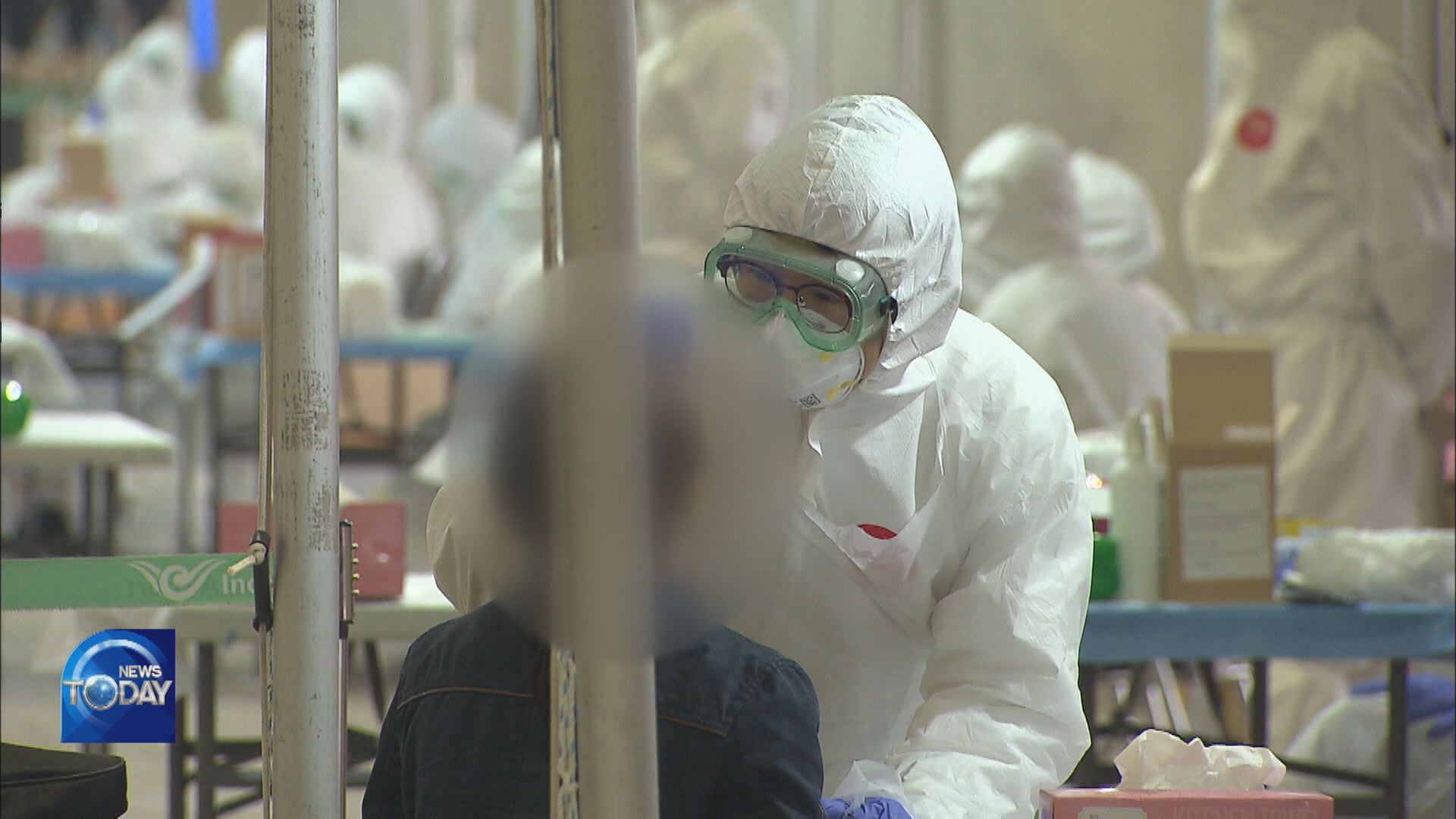
[Anchor Lead]
Omicron infections are surging in South Korea. Both imported and locally-transmitted cases are increasing. Last week, the variant was identified in more than 24 percent of new infections. The government predicts one out of two coronavirus patients will likely be infected with Omicron within this month and the approaching Lunar New Year holiday will be a watershed.
[Pkg]
Health authorities conducted genomic testing and found that 24 percent of new COVID-19 patients were infected with Omicron last week. The detection rate of Omicron surged from two percent to 24 percent in three weeks. The rate among locally-transmitted infections also jumped from one percent to 12 percent. This suggests Omicron is being increasingly identified both among imported and locally-transmitted cases. Last week alone, nine out of ten imported cases were Omicron infections. The government expects Omicron to likely become a dominant variant within this month, adding that the upcoming Lunar New Year holiday will be a turning point.
[Soundbite] Kwon Deok-cheol(Minister of Health and Welfare) : "The Lunar New Year holiday is predicted to be a turning point with increased travel. This means the critical time to prepare against an Omicron-related surge is approaching."
The number of COVID-19 infections and critically ill patients in Korea have been on a downward trend. As of 12 a.m. Tuesday, the nation added 3,097 new cases with some 700 patients categorized as seriously ill. The risk level of COVID-19 has also dropped to a medium range after staying in the “very high” zone for six straight weeks. The government reiterated its decision to change anti-virus and medical strategies to successfully cope with Omicron, which is highly contagious but causes relatively less serious symptoms.
[Soundbite] Lee Sang-won(Central Disease Control HQs) : "It is necessary to review allowing patients to receive medial care at clinics or homes. We need to focus on securing sufficient medical capacities to address Omicron."
President Moon Jae-in also stressed the importance of enhancing measures to curb Omicron. He instructed health authorities to switch the focus of anti-pandemic measures from preventing infections to reducing critical cases. He also asked them to draw a quick conclusion on whether to begin administering fourth shots and vaccinating young children.
Omicron infections are surging in South Korea. Both imported and locally-transmitted cases are increasing. Last week, the variant was identified in more than 24 percent of new infections. The government predicts one out of two coronavirus patients will likely be infected with Omicron within this month and the approaching Lunar New Year holiday will be a watershed.
[Pkg]
Health authorities conducted genomic testing and found that 24 percent of new COVID-19 patients were infected with Omicron last week. The detection rate of Omicron surged from two percent to 24 percent in three weeks. The rate among locally-transmitted infections also jumped from one percent to 12 percent. This suggests Omicron is being increasingly identified both among imported and locally-transmitted cases. Last week alone, nine out of ten imported cases were Omicron infections. The government expects Omicron to likely become a dominant variant within this month, adding that the upcoming Lunar New Year holiday will be a turning point.
[Soundbite] Kwon Deok-cheol(Minister of Health and Welfare) : "The Lunar New Year holiday is predicted to be a turning point with increased travel. This means the critical time to prepare against an Omicron-related surge is approaching."
The number of COVID-19 infections and critically ill patients in Korea have been on a downward trend. As of 12 a.m. Tuesday, the nation added 3,097 new cases with some 700 patients categorized as seriously ill. The risk level of COVID-19 has also dropped to a medium range after staying in the “very high” zone for six straight weeks. The government reiterated its decision to change anti-virus and medical strategies to successfully cope with Omicron, which is highly contagious but causes relatively less serious symptoms.
[Soundbite] Lee Sang-won(Central Disease Control HQs) : "It is necessary to review allowing patients to receive medial care at clinics or homes. We need to focus on securing sufficient medical capacities to address Omicron."
President Moon Jae-in also stressed the importance of enhancing measures to curb Omicron. He instructed health authorities to switch the focus of anti-pandemic measures from preventing infections to reducing critical cases. He also asked them to draw a quick conclusion on whether to begin administering fourth shots and vaccinating young children.
이 기사가 좋으셨다면
-
좋아요
0
-
응원해요
0
-
후속 원해요
0










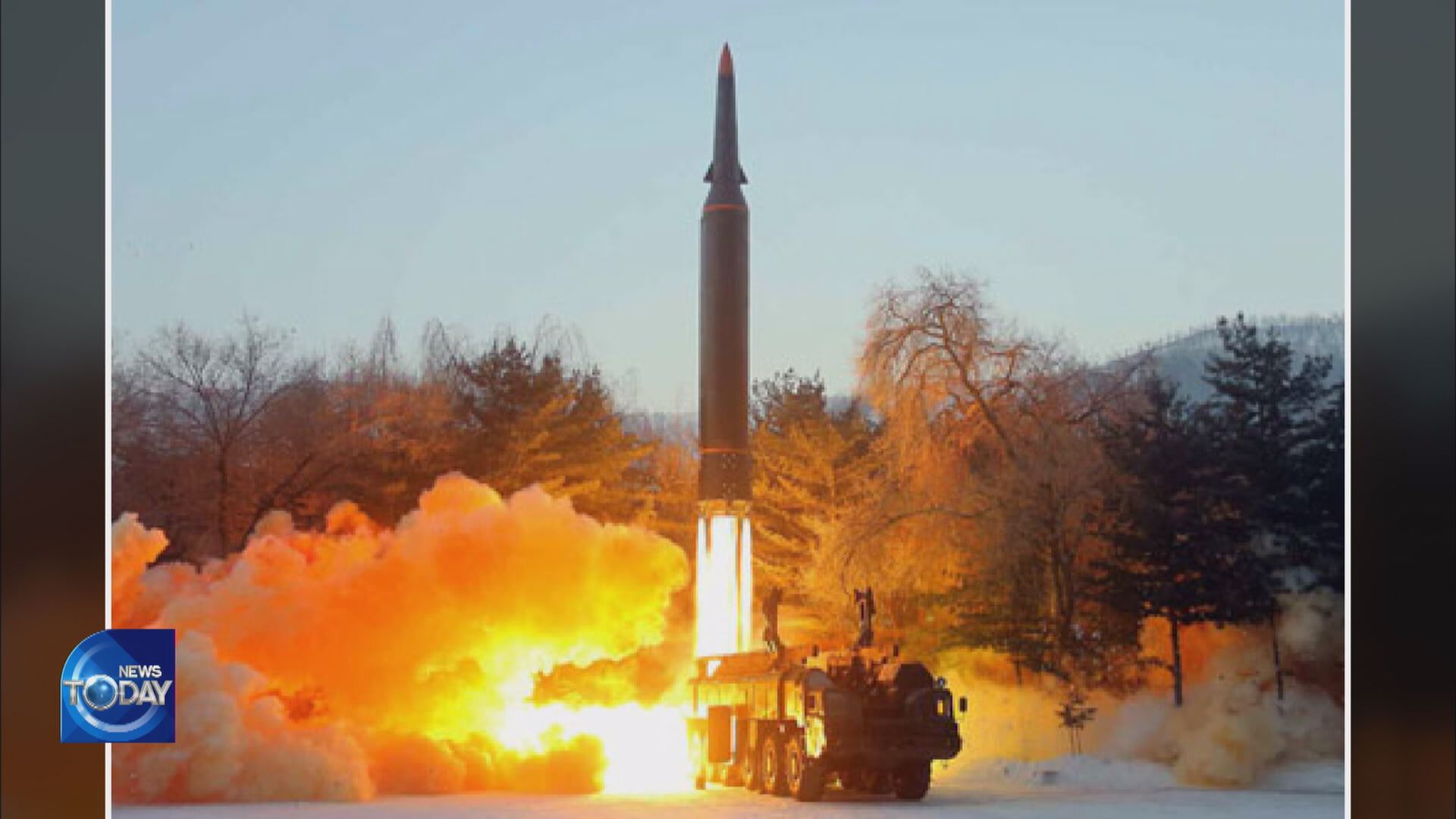
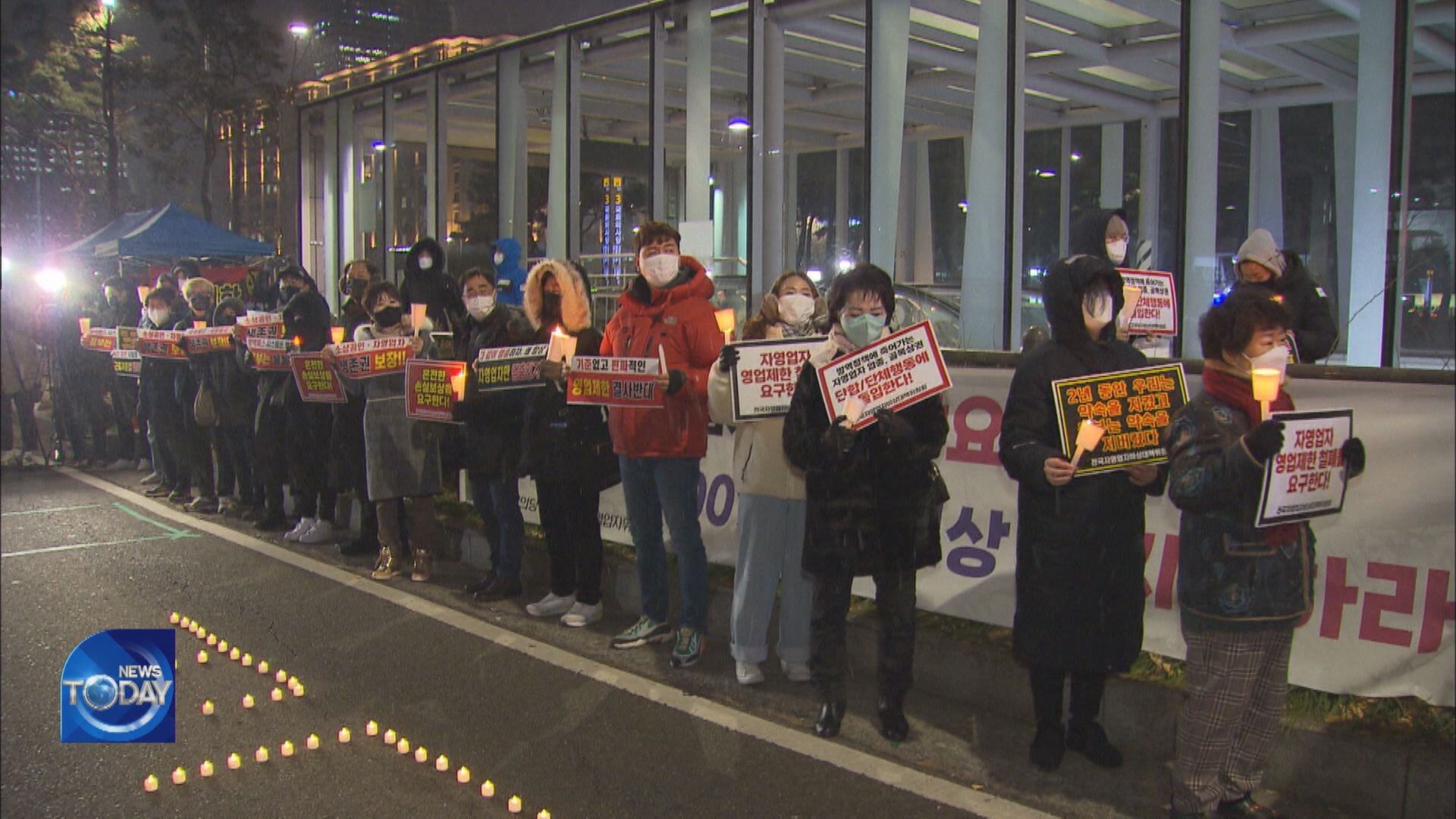
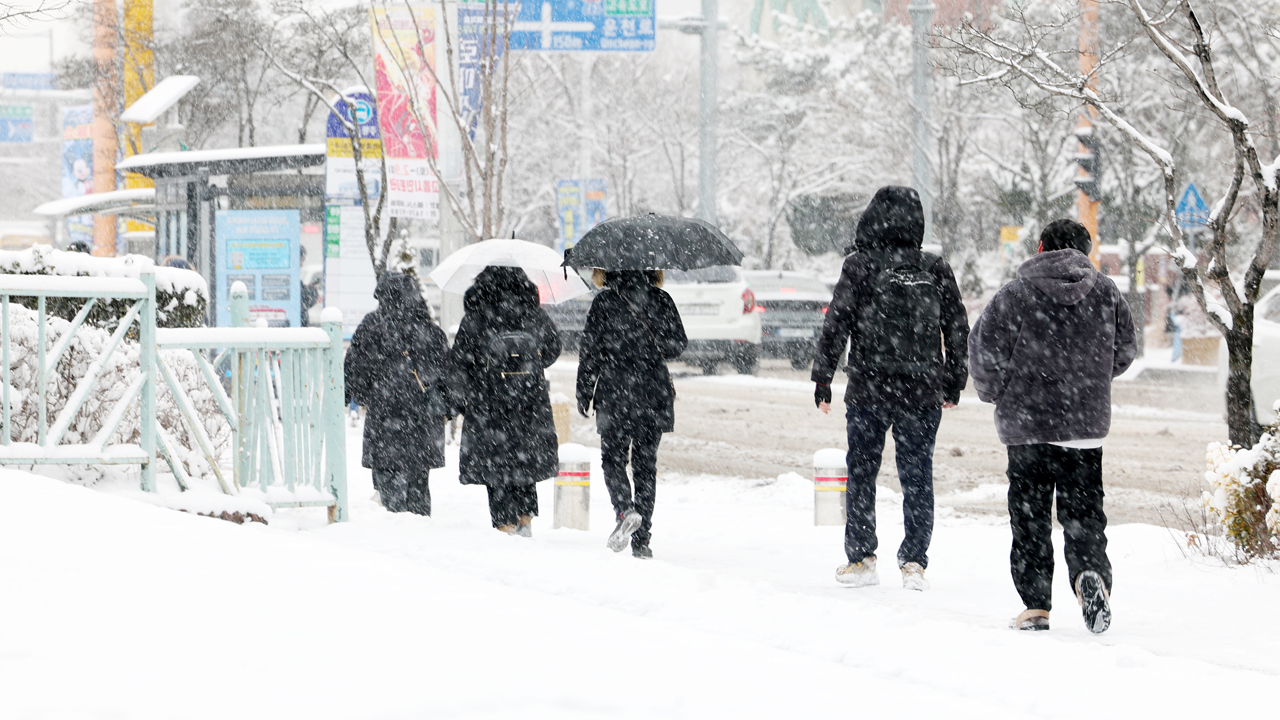
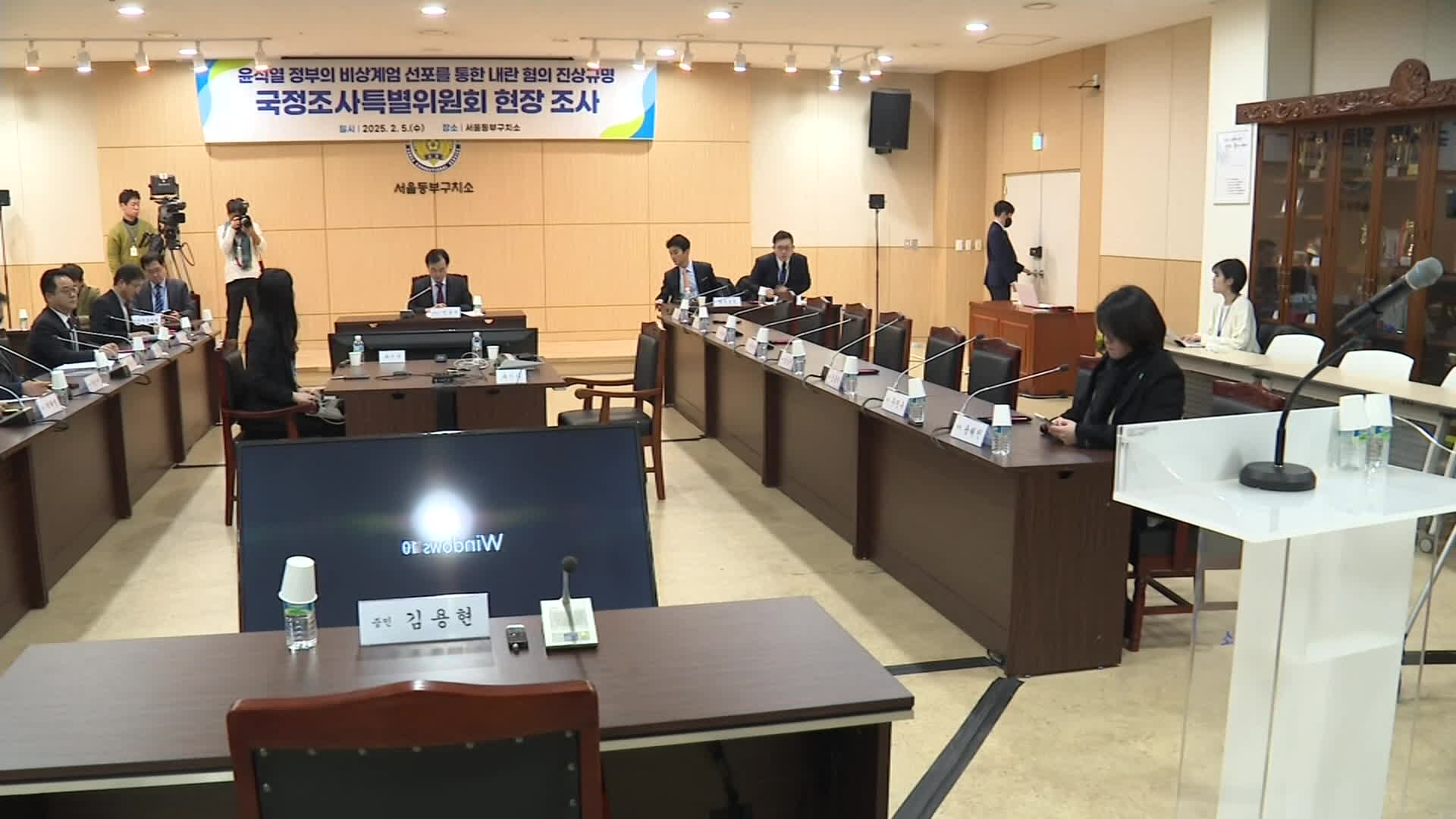
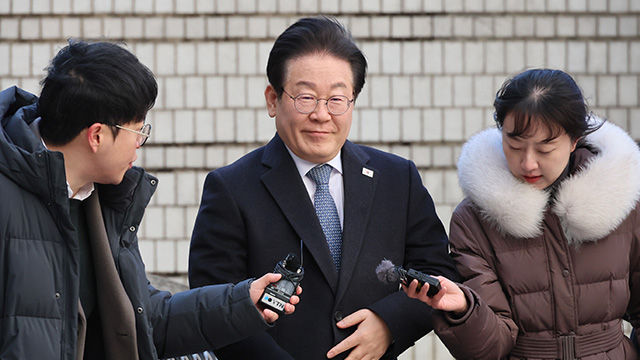


이 기사에 대한 의견을 남겨주세요.